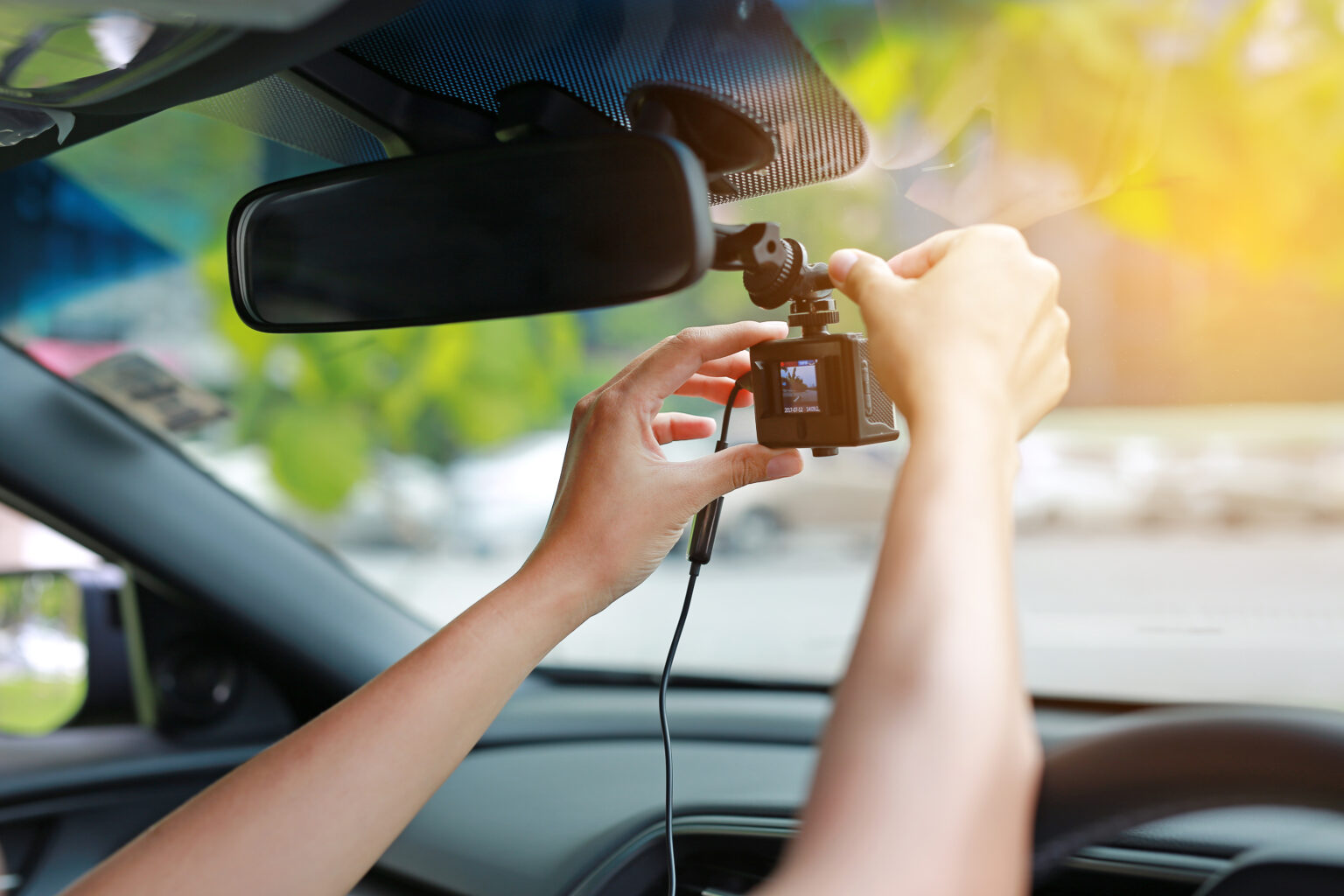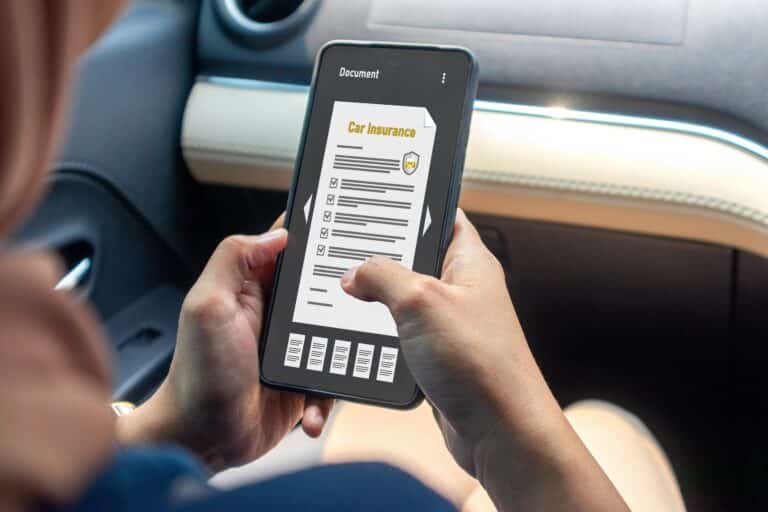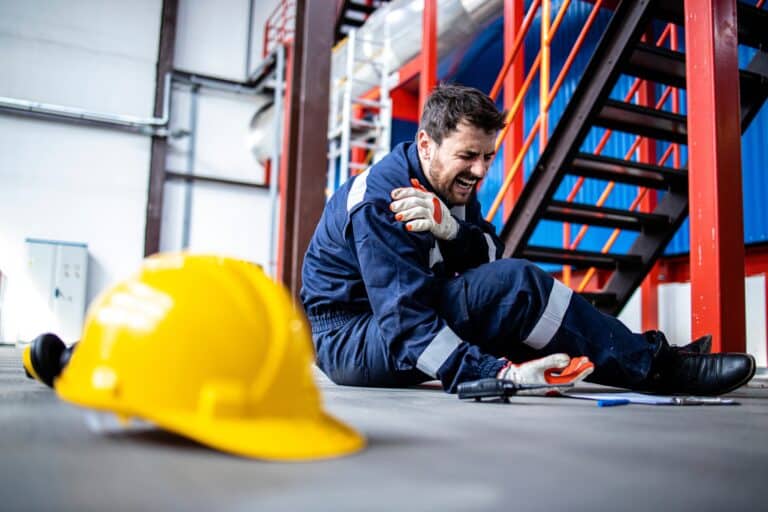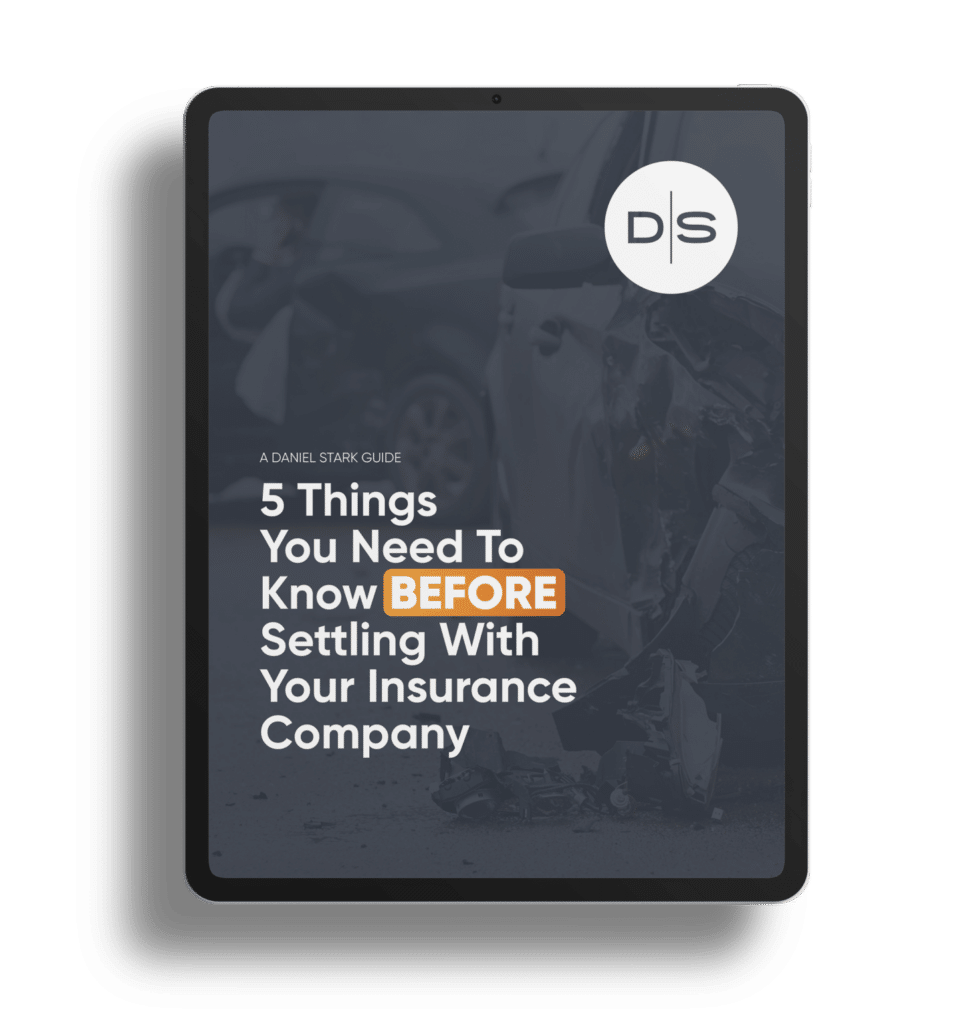Getting in a car crash is a frightening and overwhelming experience, and things can get even more stressful when you have to prove that you were not at fault.
Luckily, one piece of evidence can change everything — dash cam footage. This small device has the power to significantly strengthen your case, providing clear and compelling proof of what happened.
Here’s how a car accident lawyer can use dash cam footage to get your life back to normal after a crash.
What is a dash cam?
Dash cams are cameras that get mounted on your dashboard or windshield and can record the inside and outside of your car. Whether it’s a collision on the road, in a parking lot, or even in your own driveway, dash cams show exactly what happened before, during, and after a crash.
These cameras can also capture a variety of other factors that contributed to your injuries, such as malfunctioning traffic lights, the speed of other drivers, and weather conditions. These details may be difficult to capture through witness statements or police reports alone. Your dash cam footage can help law enforcement in apprehending hit-and-run culprits by capturing their license plate and other identifying information.
Why is strong evidence so important in personal injury claims?
Understanding how evidence supports a personal injury claim is crucial. Evidence forms the foundation of legal claims because it demonstrates the elements needed to prove someone else’s negligence and determine how much compensation you are owed as a result.
Personal injury lawyers use evidence to construct a clear depiction of the incident and advocate for recovering the full value of your injuries and losses. The more clear and straightforward your evidence is, the better. In litigation, dash cam footage serves as highly persuasive evidence in court, easily distinguishing between conflicting accounts and providing indisputable proof that you sustained injuries through no fault of your own. This objective perspective significantly reduces disputes over facts.
In addition, dash cam footage can aid in insurance negotiations. When presented with undeniable evidence, insurance adjusters are more likely to take your claim seriously. Video evidence streamlines the claims process, may help prevent premium increases, and diminishes a negligent driver’s ability to deny liability. This means you can recover the full value of your injury faster.
What should you consider when buying a dash cam?
When choosing the right dash cam, several factors should be considered to ensure you get the most out of your purchase. Here are some things to keep in mind:
- Video Quality: Opt for a dash cam with high-definition video quality to ensure clear and crisp footage, even in low-light conditions. Look for at least a 1080p resolution to capture important details like license plates.
- Wide-Angle Lens: Choose a dash cam with a wide-angle lens to capture a broader field of view, providing comprehensive coverage of the road ahead.
- Dual Cameras: Consider getting a dash cam that records both the front and back of your vehicle, providing a complete picture of any incidents.
- Motion-Activated Recording: Look for a dash cam that starts recording automatically when your vehicle is in motion and saves the footage when the vehicle turns off. Some dash cams even come with impact sensors that automatically save footage in the event of a collision.
- Audio Recording: Consider a dash cam that captures audio to gather more evidence in a crash and record conversations between you and other drivers involved in an incident.
- Loop Recording: Loop recording is a feature in dash cams that automatically overwrites old footage with new footage, ensuring continuous recording without running out of storage space. If your dash cam has loop recording, it’s crucial to secure the footage promptly after an incident and retain the original files without any editing or alterations to maintain their integrity as evidence.
Can dash cam footage ever hurt your personal injury case?
If you have a dash cam and are partially at fault in a collision, the footage could potentially reveal unfavorable details, which opposing parties may use against you.
However, as long as you are not at fault for a crash, you have nothing to worry about.
In any case involving dash cam footage, it’s essential to seek guidance from a qualified Austin car accident lawyer as soon as possible after the incident.
How can a personal injury lawyer help you?
When it comes to personal injury claims involving dash cam footage, a qualified Texas car accident lawyer can provide valuable help. Here’s how they can make a difference in the legal process:
- First off, they’ll check if your dash cam footage is relevant and admissible to be presented as evidence in your case.
- They’ll secure and preserve any dash cam footage as evidence for your claim and investigate whether other drivers had dash cams.
- By analyzing the footage, a personal injury attorney can support your account of the collision and make sure your unique story is heard.
- They’ll negotiate with insurance companies using the clear evidence from your dash cam. With undeniable proof of their policyholder’s negligence, dash cam footage can push insurance companies to offer fair settlements and give you the full value you deserve. A skilled personal injury attorney knows how to wield dashcam footage as a powerful negotiation tool.










